-
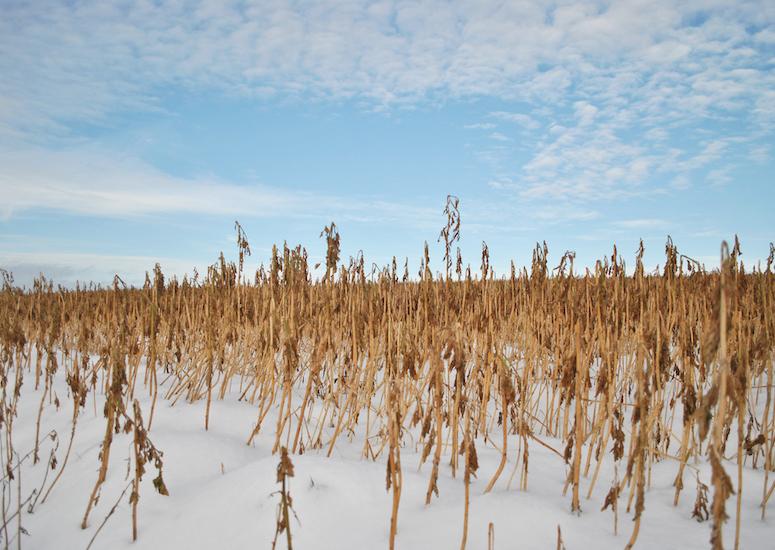
Cover crops may increase winter temperatures in North America
Cover crops grown in fields during winter may be warming temperatures in the northern United States and southern Canada, according to a new study by scientists at the National Center for Atmospheric Research. The crops, a land management strategy farmers use between growing seasons, create a darker surface than a snow-covered field, absorbing more heat from the Sun and producing a local warming effect.
- Climate
-
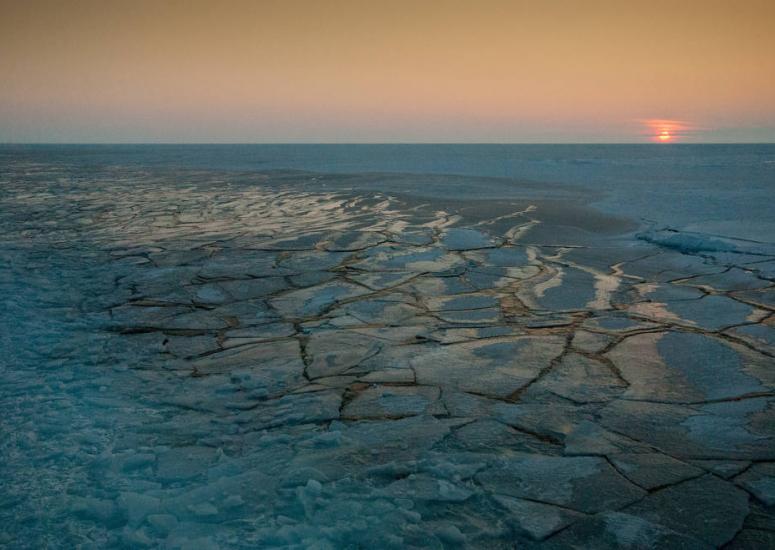
Wintertime Arctic Sea ice's long-term rate of decline slows
New research by NASA and NCAR has found that increases in the rate at which Arctic sea ice grows in the winter may have partially slowed down the decline of the Arctic sea ice cover.
- Climate
-
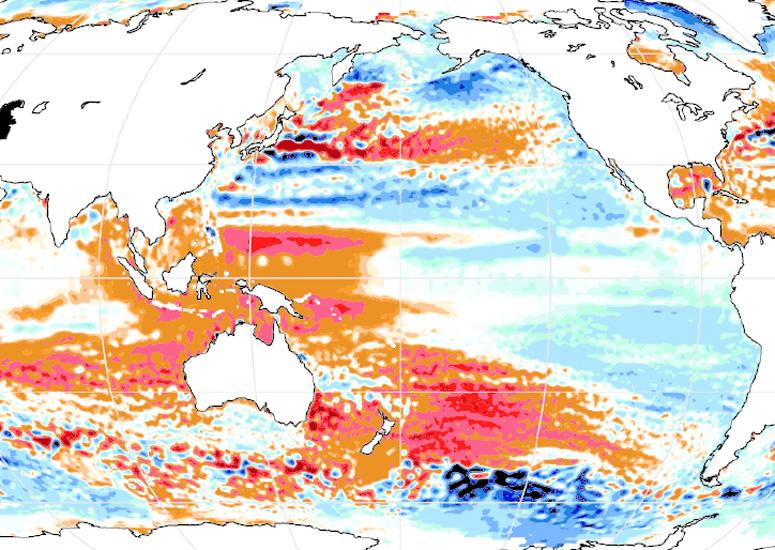
Uneven rates of sea level rise tied to climate change
The pattern of uneven sea level rise over the last quarter century has been driven in part by human-caused climate change, not just natural variability, according to a new study.
- Climate
-
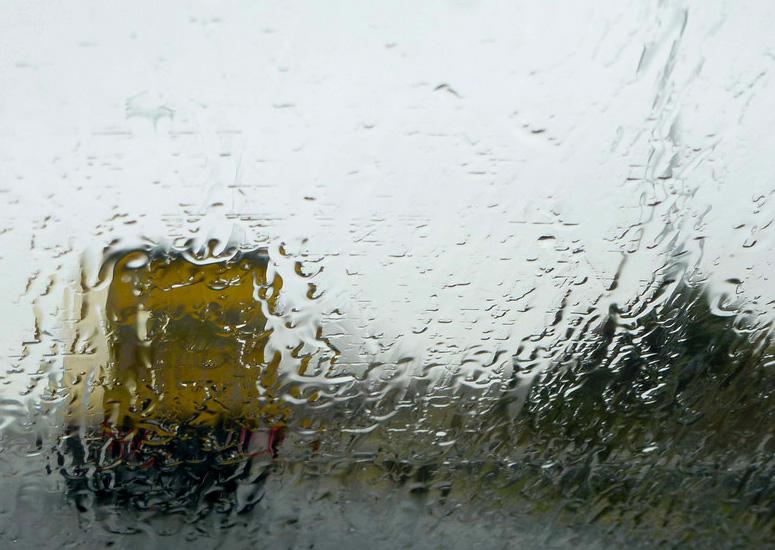
Half of the world's annual precipitation falls in just 12 days, new study finds
Currently, half of the world's measured precipitation that falls in a year falls in just 12 days, according to a new analysis of data collected at weather stations across the globe. By century's end, climate models project that this lopsided distribution of rain and snow is likely to become even more skewed, with half of annual precipitation falling in 11 days.
- Climate,
- Weather
-
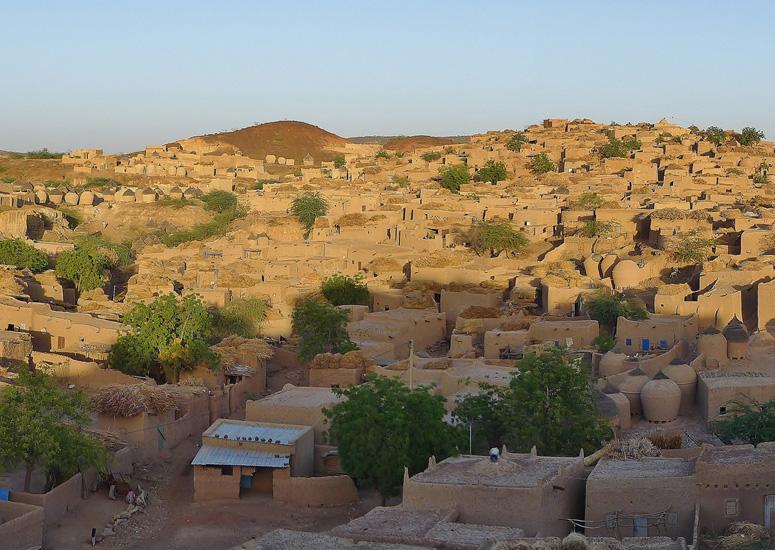
Big data project explores predictability of climate conditions years in advance
As scientists work to forecast climate patterns from years to as much as a decade in advance, the National Center for Atmospheric Research (NCAR) has created a vast new set of computer simulations to help identify the types of events that are most predictable.
- Climate,
- Data

